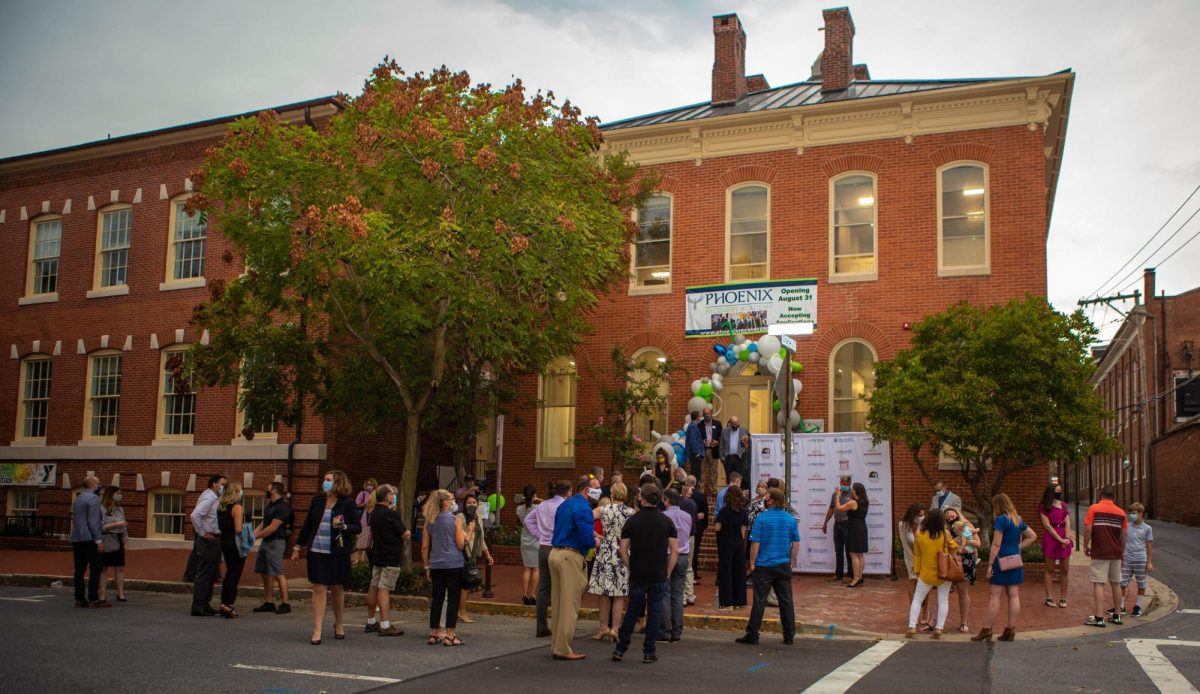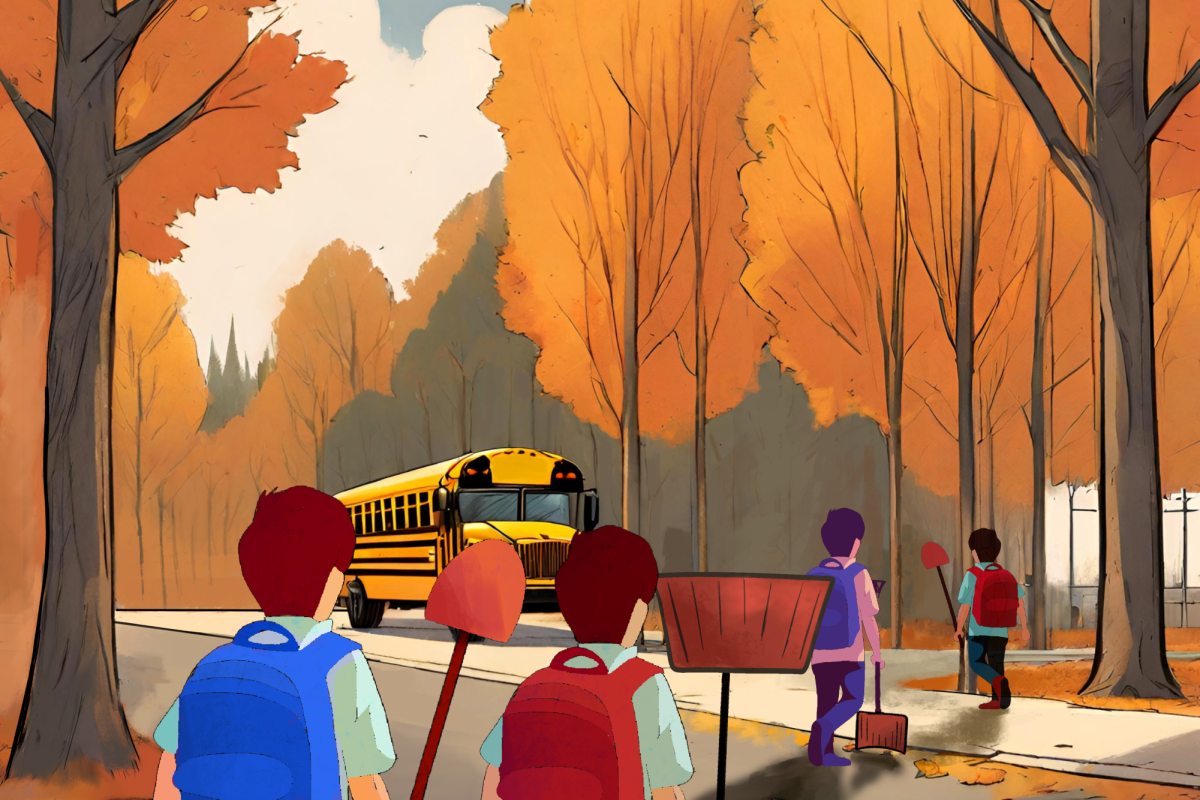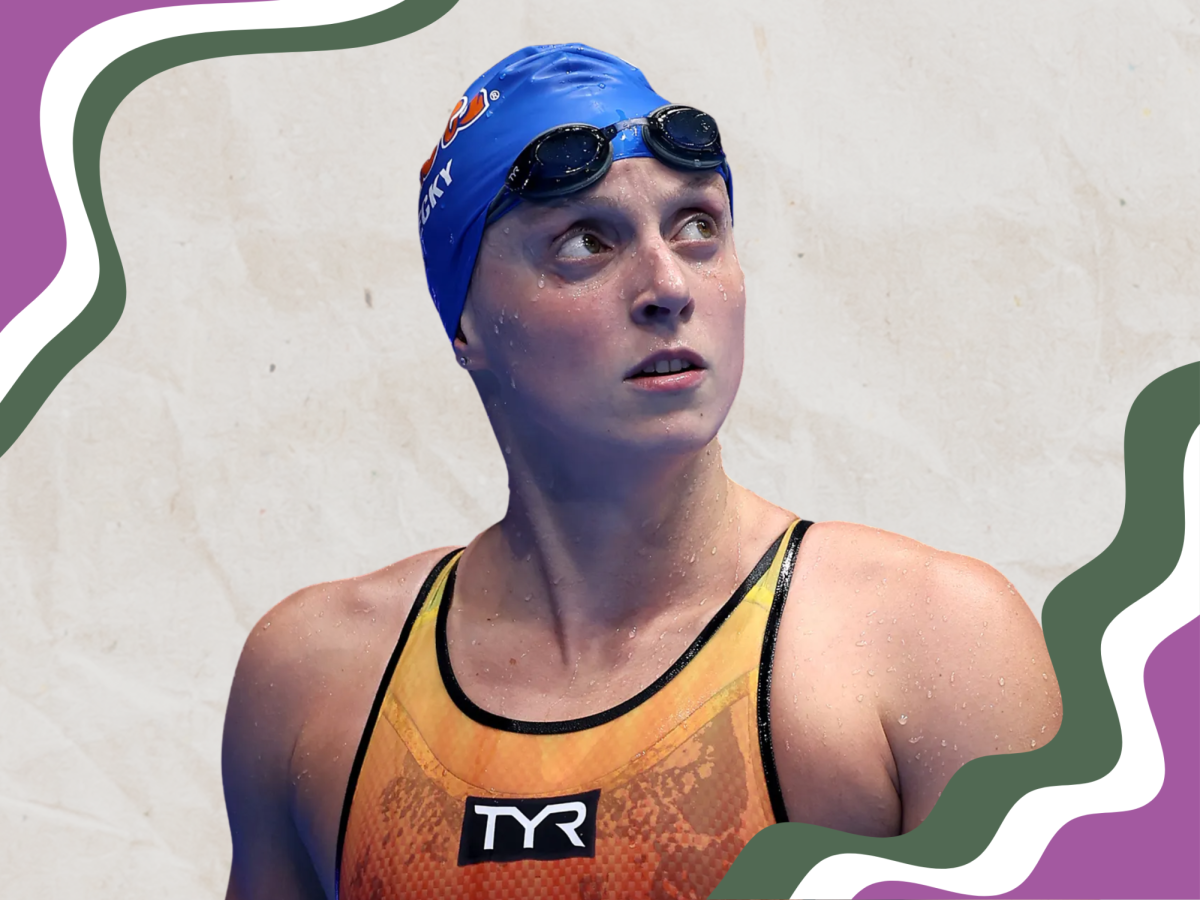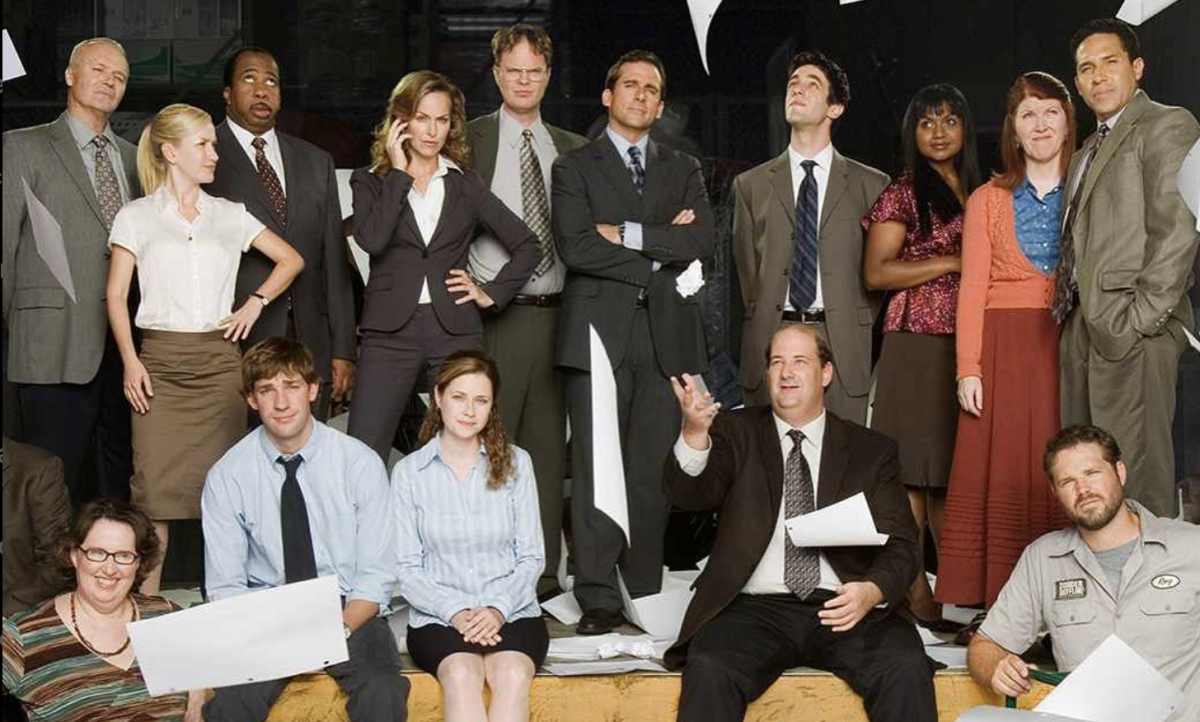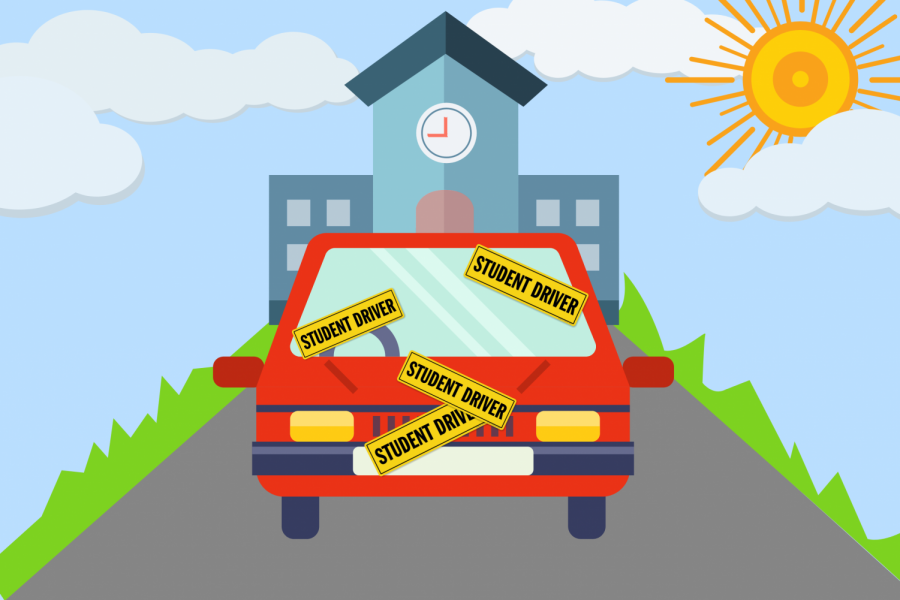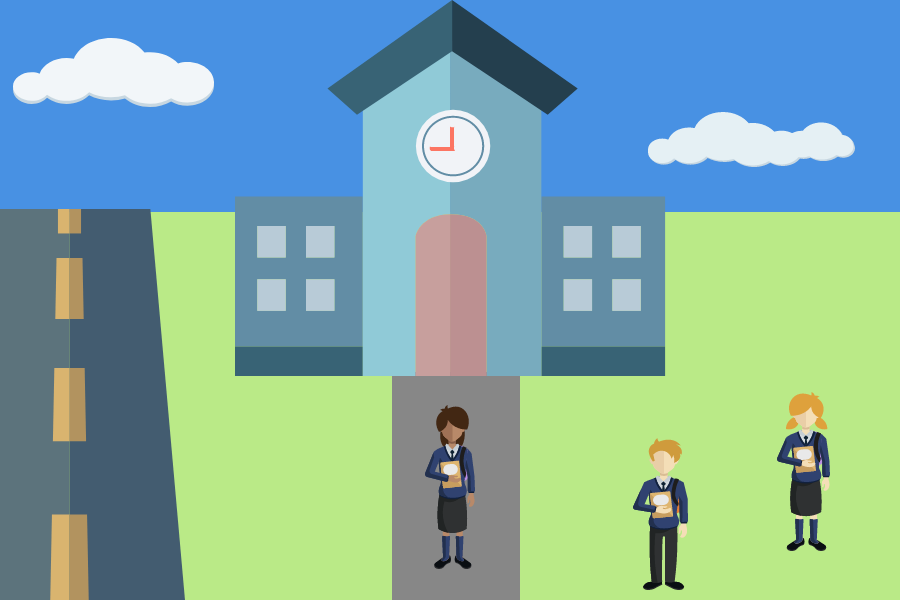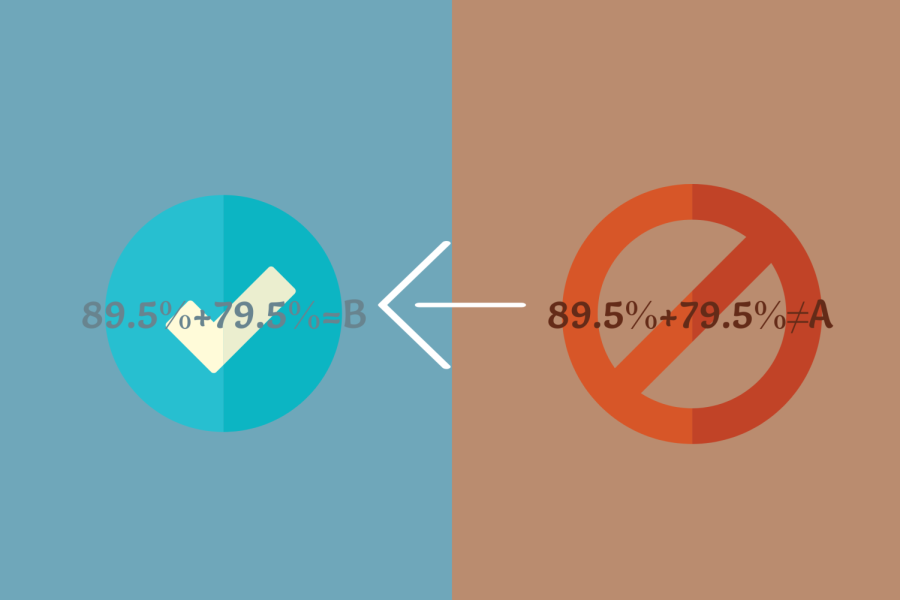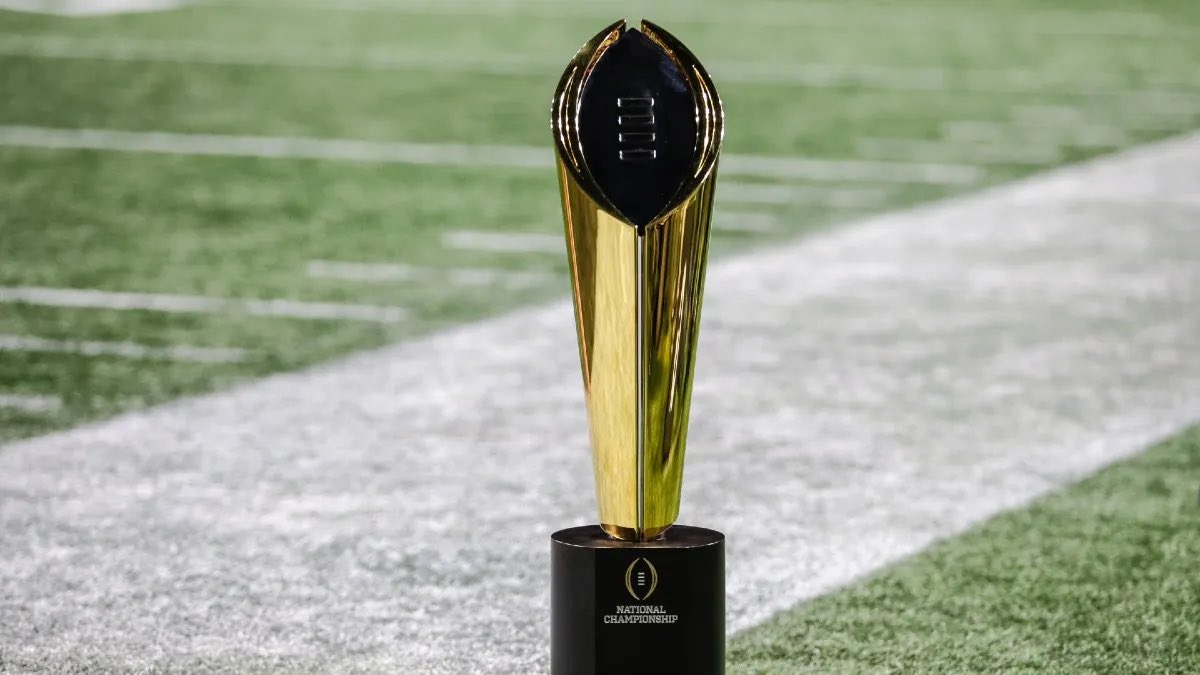As defined by MCPS, alternative schools are educational facilities that exist to teach students who have struggled in their zoned schools. The 2022-2023 school year marked a rise nationwide in non-traditional schooling, with 5,810 alternative schools operating in the U.S., a nine percent increase from the previous year. Most alternative schools accept students for disciplinary reasons. According to a report by the University of Minnesota, most students who attend alternative schools have a history of corrective problems, are failing their classes or are at risk of dropping out of school.
Due to concerns about the rise of drug and alcohol usage, the Board of Education tasked founding program coordinator Brian Berthiaume with developing a high school for students whose education had been obstructed by substance abuse. As a result, MCPS created the nation’s first alternative school, The Phoenix School, in 1979. The school was intended to help students in recovery commit to sobriety and hoped to prevent relapse.
Due to extensive demand, the Phoenix School expanded in 1983 to a second building, Phoenix II. Both Phoenix I and II were isolated, meaning students interacted only with other MCPS schools and students. This allowed them to maintain their sobriety without the risk of exposure to drug use.
The schools’ populations were small, with each institution having around 25-35 students and 4-5 staff members. The student body and staff were tight-knit, and everyone knew each other’s experiences, bringing the community together. If a student relapsed, they were removed from the program and placed in an inpatient treatment center, only re-entering once they regained sobriety.
Due to the program’s success with over 50 students in 1988, Phoenix II moved into a new, pristine building on Hadley Farms Drive in Gaithersburg. MCPS construction trade students had built the building specifically for the program. On June 3, 1988, the first class of the new Phoenix II building, comprised of 13 students, graduated.
Tragically, Phoenix II burned down on May 6, 2001. The school community believed the arsonist was an enrolled student, but no one was officially arrested. By May 7, MCPS had transferred the students to the Longview School, which was originally created for students with disabilities. The Longview students were still in the building at the time, and the Phoenix students remained there through the end of the school year.
In September 2001, the Longview School moved to a new building in Germantown, and the Phoenix students stayed in the old Longview School building in Gaithersburg, renaming it the Emory Grove Center. It became the first consolidated regional high school, formed by merging other schools in northern Montgomery County.
In the fiscal years 2003-2008, the MCPS school board pushed a plan to create a similar facility to the Emory Grove Center in southern Montgomery County, aiming to combine Phoenix I with other similar programs. Under this plan, the McKenney Hills Center would have housed Phoenix I and two other alternative programs in the county. The Board believed that, by combining these programs, they could enforce a more rigorous curriculum. In September 2003, the plan was enacted, and all three programs transitioned to the McKenney Hills Center.
While the new program initially succeeded, the Phoenix programs at McKenney Hills Center and Emory Grove Center had only five and seven students enrolled by 2008.
In 2009, MCPS consolidated many of the area’s alternative programs — including both Phoenix programs — into the existing Mark Twain’s Needwood Academy High School Program, which served emotionally disabled students. That fall, the school was renamed the “Blair G. Ewing Center.”
The original Phoenix schools merged into more extensive programs mainly because of issues with policies and registration requirements, which resulted in student drug use and distribution at Phoenix. Initially, “program coordinators” handled registration requirements, but this oversight was later directed to a central office administrator. As a result of confusion about admissions policies, there was less oversight on the applications, and students were allowed to enroll despite still selling and using drugs.
Additionally, MCPS cut funding for the schools, causing them to hire underqualified staff and remove field trips, which were essential for maintaining the students’ mental health. Following the introduction of the 2002 No Child Left Behind Act, test scores became a critical data point for MCPS, and resources went towards combining programs to raise test scores rather than actual testing and grade improvement for the specific programs.
After Phoenix’s relocation, students trying to stay sober were combined with students who were not. The educators and families who had once strongly recommended Phoenix stopped promoting it once they realized the tight-knit community was gone. Once enrollment decreased to three students in the 2012-2013 school year, the Phoenix program closed.
However, in 2017, previous Phoenix teachers reopened the topic of alternative schools to the school board, which created the project Phoenix Rising: Maryland Recovery Schools Advocates. The program’s membership included a peer recovery counselor, an MCPS board member, students and teachers from the original Phoenix program, prevention alliance managers and leaders of the Association of Recovery Schools (ARS).
It was a deliberately planned-out program, with a maximum enrollment of 50 students, all enrolled voluntarily. It held the same standard as the original Phoenix program, where relapse resulted in disenrollment and re-enrollment once the student was sober. Additionally, the school implemented random drug testing and “outward bound” experiences where students could partake in risky behaviors in a safe and structured environment. This aimed to allow students to put the energy they would have put into drug usage and distribution into fun, safe activities, such as camping and canoeing, that would still give them an adrenaline rush.
Phoenix Rising has inspired the opening of the Phoenix Recovery Academy in Frederick, Maryland. The academy dedicates itself to meeting the educational needs of students who have previously struggled with substance abuse. The initial founder, John Edmonds, was 17 when a judge gave him two options: go to jail or the Phoenix program in Gaithersburg. Edmonds found that through the Montgomery County Phoenix program, he was able to turn his life around, which is why he decided to found the Phoenix Recovery Academy.
The Phoenix Recovery Academy is a private school with a $13,000 yearly tuition. It has three locations: Cloverleaf, Avery Road and Plum Orchard. All the branches share three pillars of overall success: attitude, attendance and achievement.
The Academy’s attitude pillar focuses on 80% of the student population having a “behavior point average” of 80. The attendance pillar requires students to have attendance rates of 95%, and the academics pillar states that 100% of students will earn and maintain grades of C or higher in all their core subjects.
If students maintain these three pillars, they earn incentive trips, where students leave campus and explore their community. Past trips have included indoor skydiving and white-water rafting.
Since 1979, MCPS has been a pioneer in alternative schooling in the U.S. Their example has proven the efficacy of alternative educational options and led to the creation of similar programs across the county. In the 2019-2020 school year, there were 36,377 alternative schools in the U.S., demonstrating the Phoenix program’s impact on U.S. education.



